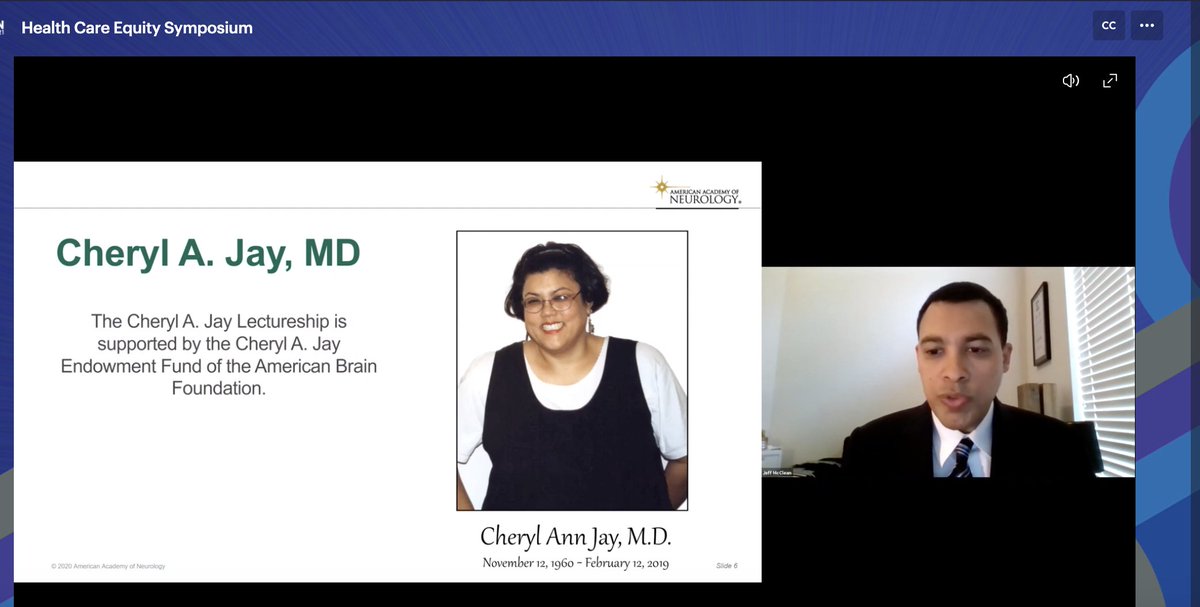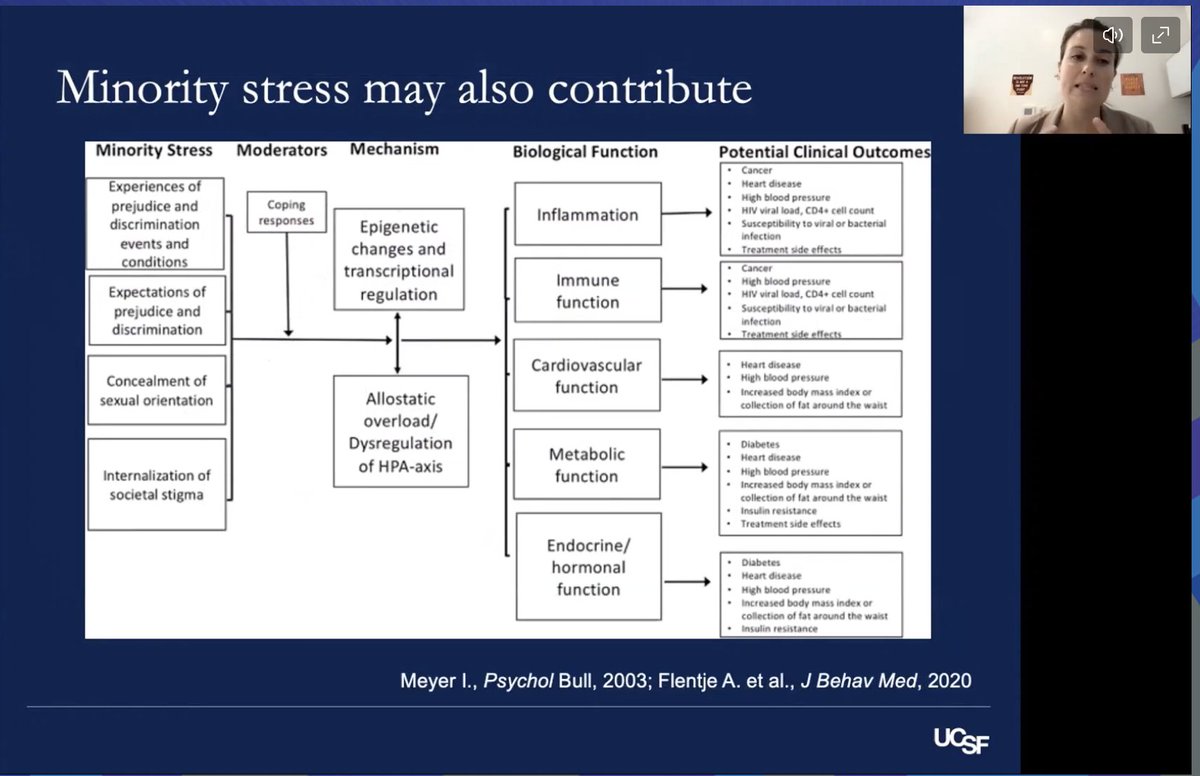
Hey #MedStudentTwitter #neurology residents, #EndNeurophobia #MedEd #tweetorial on
EYE MOVEMENTS and GAZE PALSIES
@Tracey1milligan @MadSattinJ @CrystalYeoMDPhD @DxRxEdu @CPSolvers @MedTweetorials
EYE MOVEMENTS and GAZE PALSIES
@Tracey1milligan @MadSattinJ @CrystalYeoMDPhD @DxRxEdu @CPSolvers @MedTweetorials
But first a moment of silence for
#RayshardBrooks
#BreonnaTaylor
#GeorgeFloyd
#AhmaudArbery
.
.
.
.
.
.
.
.
.
.
#RayshardBrooks
#BreonnaTaylor
#GeorgeFloyd
#AhmaudArbery
.
.
.
.
.
.
.
.
.
.
Grateful for❤️ for #EndNeurophobia but hope you read rest of my feed, which seeks to amplify voices I’m learning from on the path to being an antiracist ally.
to learn more:
Follow @uche_blackstock @UREssien @LashNolen @michellemorse
listen @thepraxispod
read @dribram's books
to learn more:
Follow @uche_blackstock @UREssien @LashNolen @michellemorse
listen @thepraxispod
read @dribram's books
Voluntary eye movements are controlled by:
6 extraocular muscles (4 rectus, 2 oblique), which are controlled by:
3 cranial nerves (CN 3, 4, 6), controlled by:
Brainstem gaze centers (PPRF for horizontal; riMLF and INC for vertical), controlled by:
Cortical eye fields (FEF)
6 extraocular muscles (4 rectus, 2 oblique), which are controlled by:
3 cranial nerves (CN 3, 4, 6), controlled by:
Brainstem gaze centers (PPRF for horizontal; riMLF and INC for vertical), controlled by:
Cortical eye fields (FEF)
Muscles:
4 rectus
2 oblique
Rectus actions = logical based on name:
Superior rectus=elevates
Inferior rectus=depresses
Lateral rectus=abducts (away from nose)
Medial rectus=adducts (toward nose)
4 rectus
2 oblique
Rectus actions = logical based on name:
Superior rectus=elevates
Inferior rectus=depresses
Lateral rectus=abducts (away from nose)
Medial rectus=adducts (toward nose)

Oblique actions=more complicated
Superior oblique: INtorts eye, depresses in adducted position (down when IN)
Inferior oblique: EXtorts eye, elevates in adducted position
Mnemonic: InfEXions leave you SupINe
Superior oblique: INtorts eye, depresses in adducted position (down when IN)
Inferior oblique: EXtorts eye, elevates in adducted position
Mnemonic: InfEXions leave you SupINe
Cranial nerves
CN6=lat rectus
CN4=sup oblique
CN3=the rest: sup/inf/med rectus, inf oblique+levator palpebrae and parasymp to pupil=constricts
So
Lesion of CN6=failure to abduct
Lesion of CN4=eye elevated when adducted, head tilt
Lesion of CN3=eye down/out, pupil large, ptosis
CN6=lat rectus
CN4=sup oblique
CN3=the rest: sup/inf/med rectus, inf oblique+levator palpebrae and parasymp to pupil=constricts
So
Lesion of CN6=failure to abduct
Lesion of CN4=eye elevated when adducted, head tilt
Lesion of CN3=eye down/out, pupil large, ptosis

Let’s talk about horizontal gaze
To look to the LEFT
L eye must Abduct (lateral rectus, CN6)
R eye must Adduct (medial rectus, CN3)
To look to the RIGHT
R eye must Abduct (lateral rectus, CN6)
L eye must Adduct (medial rectus, CN3)
To look to the LEFT
L eye must Abduct (lateral rectus, CN6)
R eye must Adduct (medial rectus, CN3)
To look to the RIGHT
R eye must Abduct (lateral rectus, CN6)
L eye must Adduct (medial rectus, CN3)
To yoke those movements L CN 6 nucleus (pons) and R CN3 nucleus (midbrain) must communicate.
This communication is the medial longitudinal fasciculus MLF
This communication is the medial longitudinal fasciculus MLF
(MLF actually connects CN nuclei 3,4,6 and vestibular nuclei (CN 8) but main connection to know about for eye movements 101 is each CN 6 nucleus ->contralateral CN 3 nucleus)
Lesion of MLF=on attempted horizontal gaze, one eye abducts, but the other fails to adduct! This pattern is called internuclear ophthalmoplegia or INO
So in this pic of INO, R eye abducts, but L eye does not adduct
So in this pic of INO, R eye abducts, but L eye does not adduct

How do you know it is INO if eye is not adducting...vs medial rectus weakness or partial CN3 lesion? If CONVERGENCE is spared, that proves CN3 and med rectus working=INO!
(But note that convergence is not always spared in INO...)
(But note that convergence is not always spared in INO...)
#MedStudentTwitter, the step LOVES INO->MLF lesion.
On the step it’s often caused by MS.
In real life can also be caused by small stroke.
On the step it’s often caused by MS.
In real life can also be caused by small stroke.
So now we know which muscles move the eye and how, which CNs control them, and how CN nuclei communicate to yoke horizontal gaze.
Now what tells the eyes to move?
For horizontal gaze we have the PPRFs: paramedian pontine reticular formation, controlled by FEFs in hemipsheres
Now what tells the eyes to move?
For horizontal gaze we have the PPRFs: paramedian pontine reticular formation, controlled by FEFs in hemipsheres
L PPRF sends eyes to L, R PPRF sends eyes to R
So pathways so far =
L PPRF->L CN 6 nuc-> L lateral rectus
and by way of R MLF to R CN 3 nuc->r med rectus
R PPRF->R CN6 nuc-> R lateral rectus
and by way of L MLF to L CN3 nuc->L med rectus
So pathways so far =
L PPRF->L CN 6 nuc-> L lateral rectus
and by way of R MLF to R CN 3 nuc->r med rectus
R PPRF->R CN6 nuc-> R lateral rectus
and by way of L MLF to L CN3 nuc->L med rectus
PPRFs=controlled by FEFs: frontal eye fields.
Just as left brain controls right side of body, sees R vis field, and right brain controls left side of body, sees L vis field:
L FEF sends eyes to right
R FEF sends eyes to left
So each FEF communicates w/contralateral PPRF
Just as left brain controls right side of body, sees R vis field, and right brain controls left side of body, sees L vis field:
L FEF sends eyes to right
R FEF sends eyes to left
So each FEF communicates w/contralateral PPRF
So the whole system =
RIGHT gaze:
L FEF->R PPRF->RCN6 to rLR & via MLF LCN3 to left MR
LEFT gaze:
R FEF-> L PPRF->L CN6 to left LR& via MLF RCN3 to rMR
RIGHT gaze:
L FEF->R PPRF->RCN6 to rLR & via MLF LCN3 to left MR
LEFT gaze:
R FEF-> L PPRF->L CN6 to left LR& via MLF RCN3 to rMR
we can divide gaze palsies into CONJUGATE and DYSCONJUGATE
Conjugate= both eyes having trouble looking in particular direction
This is caused by lesion of either FEF or PPRF
Conjugate= both eyes having trouble looking in particular direction
This is caused by lesion of either FEF or PPRF
FEF lesion=eyes can’t look to OPPOSITE side
So L FEF lesion=eyes deviate to left/can’t look to right
R FEF lesion=eyes deviate to right/can’t look to left
So L FEF lesion=eyes deviate to left/can’t look to right
R FEF lesion=eyes deviate to right/can’t look to left
FEF lesion = caused by MCA territory stroke->
contralateral weakness + ipsilateral gaze deviation, so patient is “looking” at side of lesion and away from side of weakness
FEF overactivity in seizure = gaze deviation AWAY from side of seizing hemisphere/toward shaking limb
contralateral weakness + ipsilateral gaze deviation, so patient is “looking” at side of lesion and away from side of weakness
FEF overactivity in seizure = gaze deviation AWAY from side of seizing hemisphere/toward shaking limb

PPRF = opposite pattern: patient can’t look to ipsilateral side
L PPRF lesion=eyes deviate to right/can’t look to left
R PPRF lesion=eyes deviate to left/can’t look to right
If PPRF lesion+motor pathways (not yet crossed) then eyes look TOWARD weakness/away from lesion
L PPRF lesion=eyes deviate to right/can’t look to left
R PPRF lesion=eyes deviate to left/can’t look to right
If PPRF lesion+motor pathways (not yet crossed) then eyes look TOWARD weakness/away from lesion

If there is a lesion of MLF, one or more CNs (or its nucleus), or one or more extraocular muscles on ONE side, there will be DYSCONJUGATE gaze=eyes misaligned
We went through MLF lesion->INO and lesions of individual CNs on one side causing dysconjugate gaze.
We went through MLF lesion->INO and lesions of individual CNs on one side causing dysconjugate gaze.
Other patterns
If CN3/4/6 affected together (+numbness V1/2): CAVERNOUS SINUS
Fatiguable diplopia/dysconjugate gaze/ptosis: Myasthenia
Uni/bilateral abduction weakness (CN6)+headache: elevated ICP
Weakness of one individual muscle: thyroid eye disease (inf rect most common)
If CN3/4/6 affected together (+numbness V1/2): CAVERNOUS SINUS
Fatiguable diplopia/dysconjugate gaze/ptosis: Myasthenia
Uni/bilateral abduction weakness (CN6)+headache: elevated ICP
Weakness of one individual muscle: thyroid eye disease (inf rect most common)
While we're talking about cavernous sinus, fun mnemonic
O TOM CAT for anatomical positions of nerves
O O
TAC CAT
O O
M M
O:oculomotor CN3
T:trochlear CN4
A:abducens CN6
C: internal Carotid
O:ophthalmic V1
M: maximally V2
O TOM CAT for anatomical positions of nerves
O O
TAC CAT
O O
M M
O:oculomotor CN3
T:trochlear CN4
A:abducens CN6
C: internal Carotid
O:ophthalmic V1
M: maximally V2

By time course:
Sudden onset conjugate gaze deviation: stroke (localize as above depending on eyes toward or away from weakness)
Sudden onset diplopia: stroke or diabetic microvascular CN 3 4 or 6 palsy
Sudden onset conjugate gaze deviation: stroke (localize as above depending on eyes toward or away from weakness)
Sudden onset diplopia: stroke or diabetic microvascular CN 3 4 or 6 palsy
Time course cont:
Acute/Rapid (but not sudden) dysconjugate gaze:
Orbital cellulits
Demyelination (INO in MS)
Miller Fisher variant GBS (ataxia, areflexia, ophthalmoplegia)
Cavernous sinus (thrombosis, Tolosa-Hunt)
Progressive:neoplasm or leptomeningeal
Fluctuating:myasthenia
Acute/Rapid (but not sudden) dysconjugate gaze:
Orbital cellulits
Demyelination (INO in MS)
Miller Fisher variant GBS (ataxia, areflexia, ophthalmoplegia)
Cavernous sinus (thrombosis, Tolosa-Hunt)
Progressive:neoplasm or leptomeningeal
Fluctuating:myasthenia
More on CN4 lesion
Misalignment/diplopia most prominent when eyes look AWAY from side of lesion since puts affected eye in adducted position(L4 palsy deficit worse when looking to R)
Head tilt=to side OPPOSITE lesion to compensate for intorsion deficit(L 4 palsy=head tilt to R)
Misalignment/diplopia most prominent when eyes look AWAY from side of lesion since puts affected eye in adducted position(L4 palsy deficit worse when looking to R)
Head tilt=to side OPPOSITE lesion to compensate for intorsion deficit(L 4 palsy=head tilt to R)
• • •
Missing some Tweet in this thread? You can try to
force a refresh









